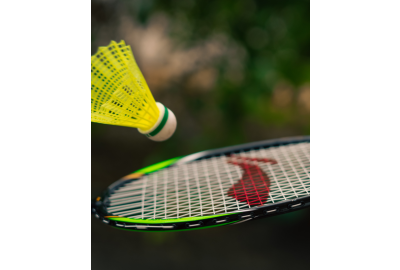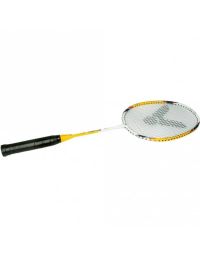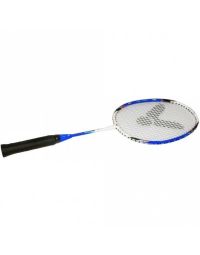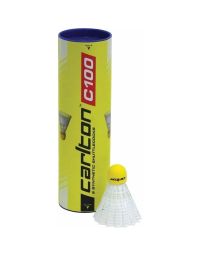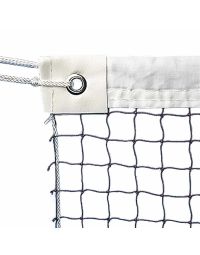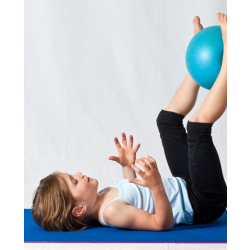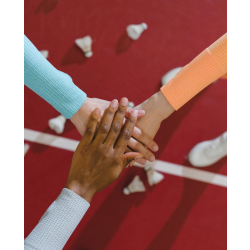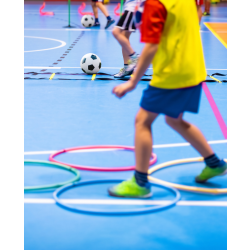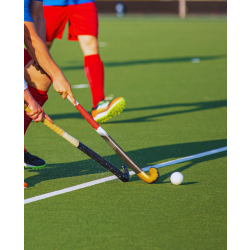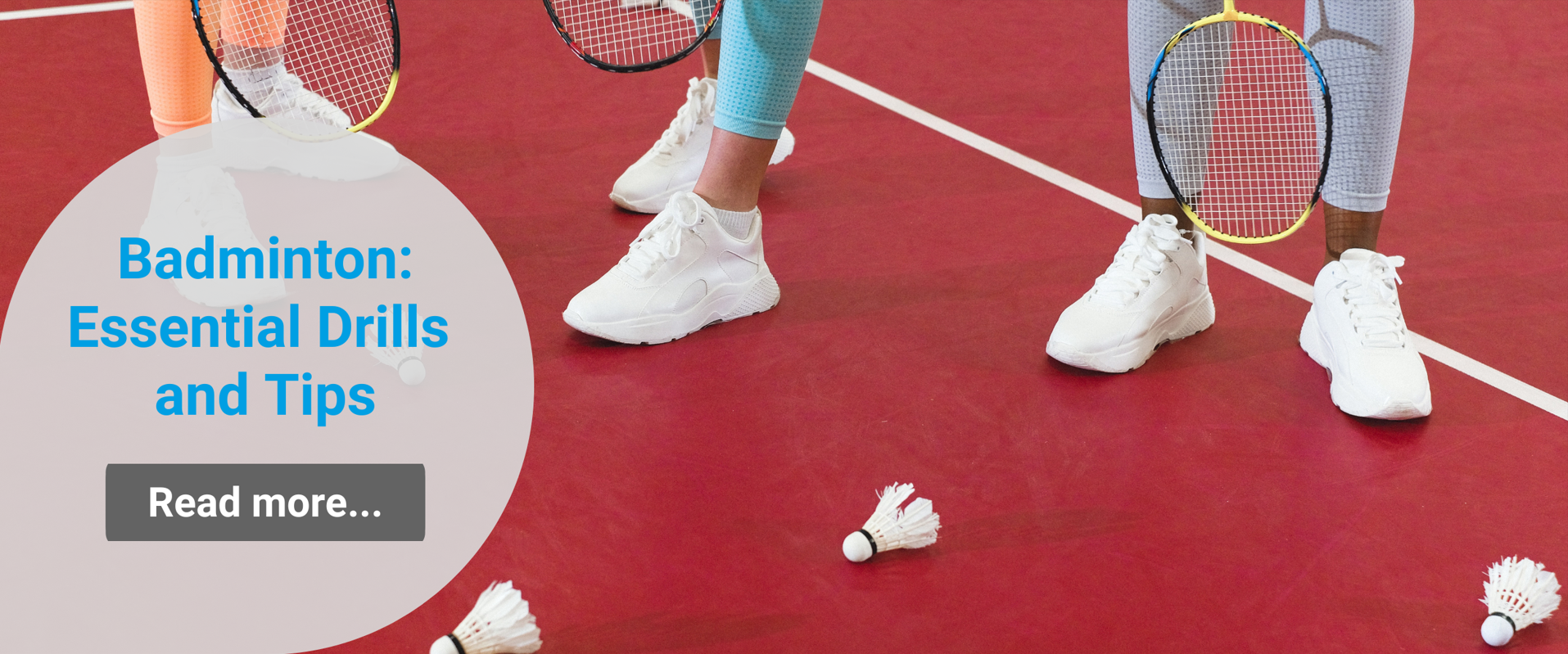

Why coordination is important in Badminton and how to improve it: Essential Drills and Tips
Badminton – an easy game to understand
Badminton is a great light weight, introductory racquet game for younger pupils, where understanding basic rules and how to apply them comes easily. At the beginning it can be frustrating and discouraging for children that they cannot hit the shuttles in the direction they want to. However, the fact that the rackets are lightweight is beneficial, and it aids better control and movability of the racquet, promoting quicker progress. With practice and as difficulty level raises, it can become a challenging game where skills like alertness, mental agility, and eye-hand coordination are key.
What is eye-hand coordination?
To put it simply, it is the ability to coordinate the information received by the eye – to direct the hand to successfully complete an exercise, like hitting a shuttle. There are a few studies that have shown regular badminton training to result in enhanced visual reaction time and visuospatial abilities compared to non-players. Based on the location of the shuttlecock, players engage their problem-solving skills, process the image, and respond accordingly.
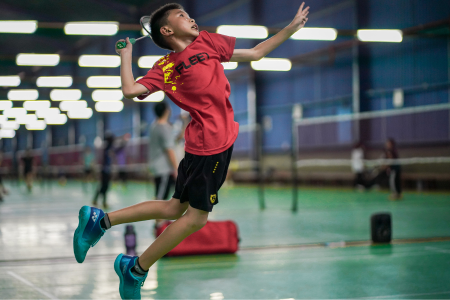

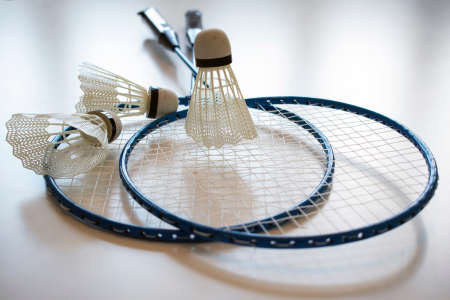

Why is it important in racquet sport?
Naturally without it players would not be able to perform any of the complex manoeuvres to succeed in the game. Everyone is acquiring basic eye-hand coordination as early as when they are toddlers. Babies grab things they see, and skill up with daily fun tasks like drawing, building blocks, catching balls etc. At any stage, anyone can work to improve their eye-hand coordination skills.
Here are some examples of fun exercises for young players to practice their response accuracy and improve eye-hand coordination.
Drills to improve eye-hand coordination
#1 Game of catch
In twos or small teams of 3, using a tennis ball, practice by tossing the ball to other teammates. Trick is to change hands each time the ball is tossed/caught. Looking for a little boost? Pick up the pace!
#2 Shuttle juggling
Using a couple of shuttles and a racket – juggle the shuttles in the air by bouncing them off the racquet, the longer those stay in the air the better, it takes practice! Beginners may want to try bouncing one shuttle off the racket before advancing.
#3 Bucket drill
Lower down the net (or use a washing line outside), place a bucket across the net in the spot which proves difficult for players to aim at. Serve the shuttles aiming at the bucket, the goal is to land as many as possible inside the bucket or as close to it as possible. This drill helps to improve accuracy and precision.
#4 Shuttle Dodge Ball
Using only a half of the badminton court for this drill and a bunch of shuttles, once the players are ready – throw your shuttles to hit the opponents and eliminate them from the game, just as in dodge ball. This exercise will help players to progress with serve swings and dynamic coordination.
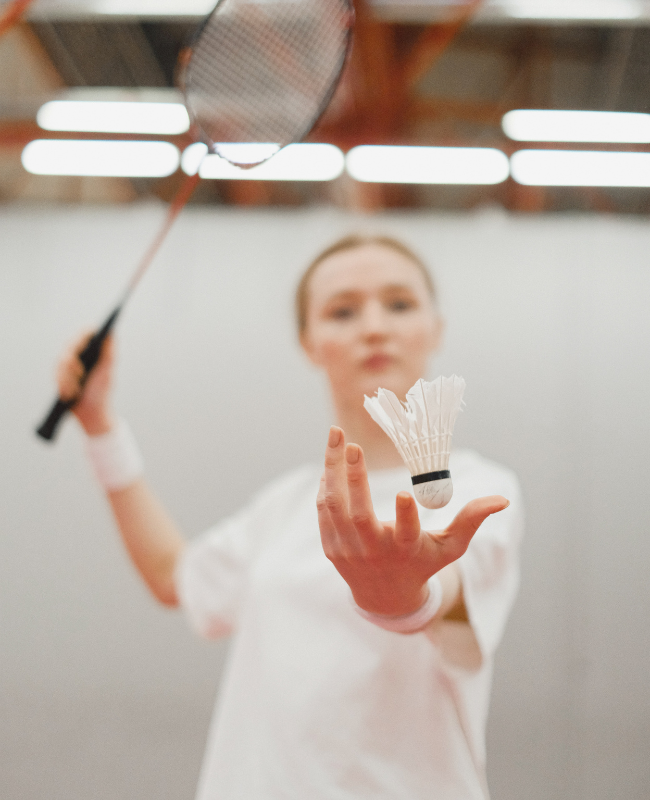

#5 The Circle
Multiple players make a circle and one player stays in the middle. Person standing in the middle hits the shuttlecock to a person standing in the circle, this person then hits it back to the person in the middle and shuttlecock gets hit to someone else and so on. This drill enhances focus and observation skills.


Top Tip:
Make the games fun! Keep count, use colors, use materials made by the kids (e.g. colorful buckets), take photos to create a ‘badminton play guide’, create rhymes and songs to go with the games, measure progress, support a ‘try-again’ attitude!
Any physical activity kids enjoy participating in, contributes to their physical and mental well-being. Badminton is a great starter game, for introduction of eye-hand coordination, that will prove to be a great base skill for any other sports they may wish to attempt later. Adding in some fun challenges encourages children to play together, promotes healthy competitiveness and inspires players to experiment with the game.
Resarch for this blog was based on the below resources:
National Library of Medicine 2019, National Centre for Biotechnology Information, accessed 23 August 2023, Sports training enhances visuo-spatial cognition regardless of open-closed typology <https://www.ncbi.nlm.nih.gov/pmc/articles/PMC5444361/>
National Library of Medicine 2017, National Centre for Biotechnology Information, accessed 23 August 2023, Balance control, agility, eye–hand coordination, and sport performance of amateur badminton players, <https://www.ncbi.nlm.nih.gov/pmc/articles/PMC6336594/>

